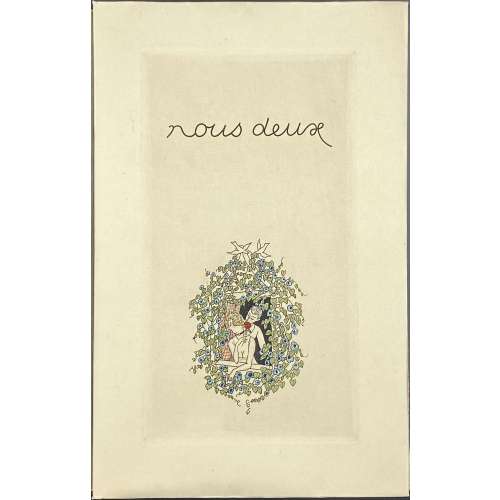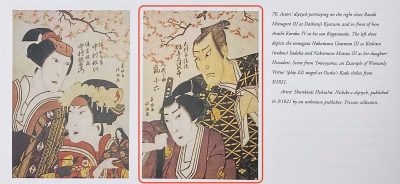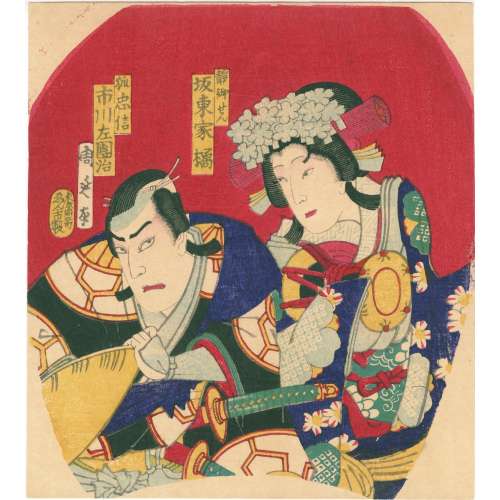Title: L'ART |
D'AIMER, | ET | POÉSIES DIVERSES |
DE M. BERNARD.
Pagination: [2] – t.p. / stanza by Voltaire; engraved t. p., frontispiece, [1] 2-170; pp. 1-61 – L'art d'aimer; pp. 62-111 – Phrosine et Mélidore; pp. 112-170 – Poésies diverses; illustrations.
Collation: 8vo; π
1 (letterpress t.p.), A-K
8 L
5; + 8 plates:
(1)* engraved title page facing the stanza by Ch. Baquoy;
(2) plate as a frontispiece by Ponce after Ch. Eisen, inscribed
Chant I above the image, dated 1772, facing p. [1], chant 1
er of
l’art;
(3)* Ch. Baquoy after P. Martini, inscribed
Chant II below the image, facing p. 22, chant 2
nd of
l’art;
(4) Ch. Baquoy after Eisen, inscribed
Chant III above the image, facing p. 44, chant 3
rd of
l’art;
(5)* Patas after P. Martini, inscribed
Chant Ier below the image, dated 1775, facing p. 62, chant 1
er of
Phrosine;
(6) Ch. Baquoy after Eisen, inscribed
Chant II above the image, facing p. 74, chant 2
nd of
Phrosine;
(7)* C. Gaucher after P. Martini, facing p. 84, chant 3
rd of
Phrosine;
(8) Ch. Baquoy after Eisen, inscribed
Chant IV above the image, facing p. 97, chant 4
th of
Phrosine;
* – images additional to 1772 edition by Le Jay [
LIB-2706.2021] (i.e. plates 1, 3, 5, and 7 are new).
A
counterfeit edition by an anonymous publisher.
Binding: brown pebbled morocco, triple fillet gilt-ruled boards, raised bands, gilt in compartments, gilt label lettering to spine, marbled endpapers, AMG; printed on laid paper, with tall '
s'.
Catalogue raisonné: Cohen, De Richi (1912): p. 132: describes a
counterfeit edition with 170 pages and 3 additional plates plus an engraved title. This seems to be a combination of Lejan [sic] Paris 1775 edition, which normally has 134 pages, 8vo, title engraved by Baquoy and three plates after Martini by Patas, Baquoy and Gaucher.
Contributors:
Nicolas Ponce (French, 1746 – 1831) – engraver.
Jean Charles Baquoy (French, 1721 – 1777) – engraver.
Jean-Baptiste Patas (French, 1748 – 1817) – engraver.
Charles-Étienne Gaucher (French, 1740 – 1804) – engraver.
Charles-Dominique-Joseph Eisen (French, 1720 – 1778) – artist.
Pietro Antonio Martini (Italian, 1738 – 1797) – artist.
Pierre-Joseph Bernard [Gentil-Bernard] (French, 1708 – 1775) – author of the text.








 Image from
Image from 

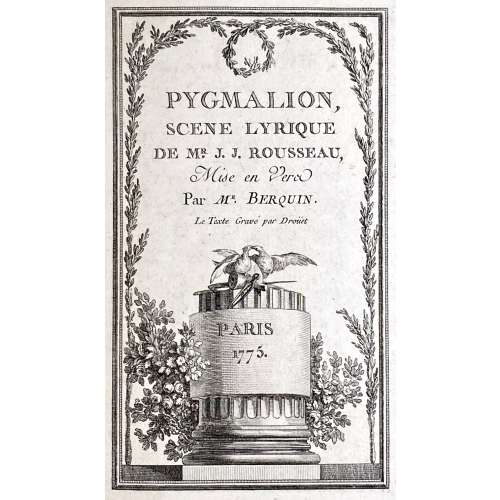



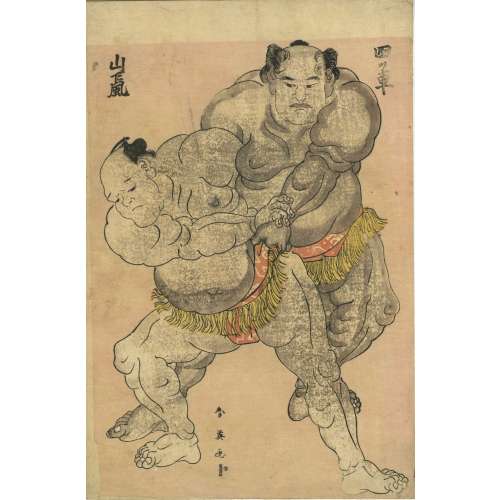









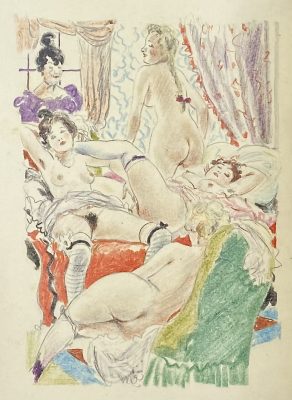












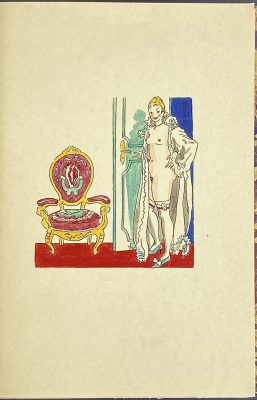




 List of images:
List of images:


